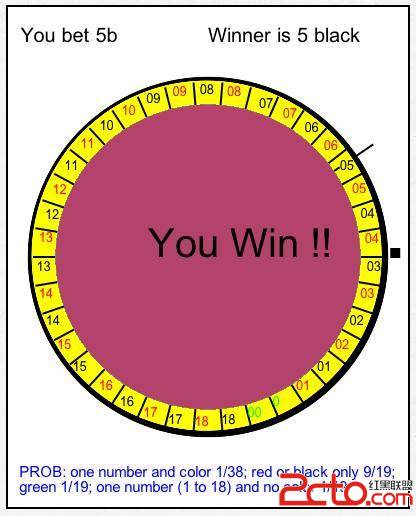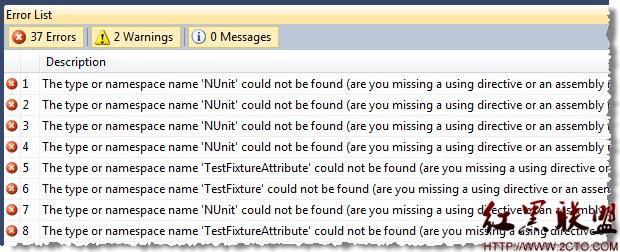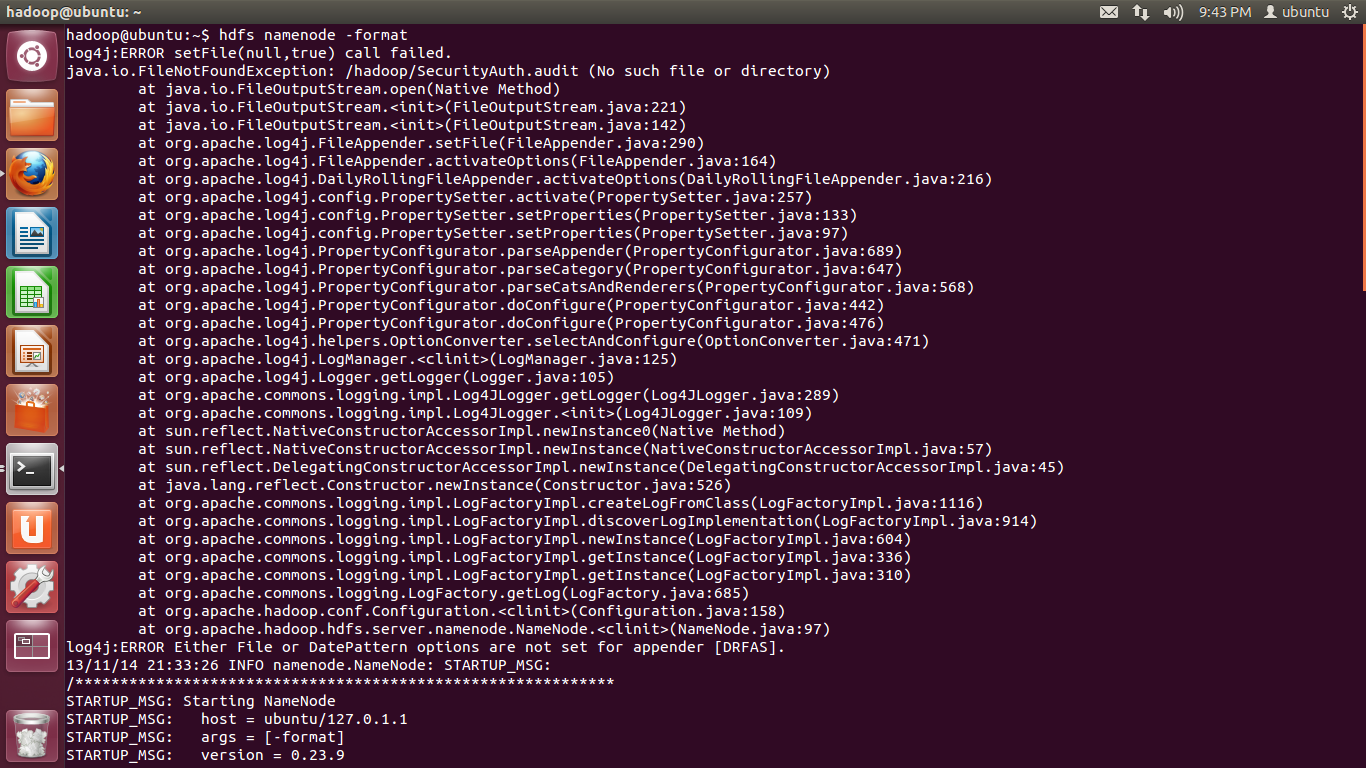Codeforces Round #205 (Div. 2) B. Two Heaps
B. Two Heapstime limit per test 1 second
memory limit per test 256 megabytes
input standard input
output standard output
Valera has 2·n cubes, each cube contains an integer from 10 to 99. He arbitrarily chooses n cubes and puts them in the first heap. The remaining cubes form the second heap.
Valera decided to play with cubes. During the game he takes a cube from the first heap and writes down the number it has. Then he takes a cube from the second heap and write out its two digits near two digits he had written (to the right of them). In the end he obtained a single fourdigit integer — the first two digits of it is written on the cube from the first heap, and the second two digits of it is written on the second cube from the second heap.
Valera knows arithmetic very well. So, he can easily count the number of distinct fourdigit numbers he can get in the game. The other question is: how to split cubes into two heaps so that this number (the number of distinct fourdigit integers Valera can get) will be as large as possible?
Input
The first line contains integer n (1 ≤ n ≤ 100). The second line contains 2·n space-separated integers ai (10 ≤ ai ≤ 99), denoting the numbers on the cubes.
Output
In the first line print a single number — the maximum possible number of distinct four-digit numbers Valera can obtain. In the second line print 2·n numbers bi (1 ≤ bi ≤ 2). The numbers mean: the i-th cube belongs to the bi-th heap in your division.
If there are multiple optimal ways to split the cubes into the heaps, print any of them.
Sample test(s)
input
1
10 99
output
1
2 1
input
2
13 24 13 45
output
4
1 2 2 1
Note
In the first test case Valera can put the first cube in the first heap, and second cube — in second heap. In this case he obtain number1099. If he put the second cube in the first heap, and the first cube in the second heap, then he can obtain number 9910. In both cases the maximum number of distinct integers is equal to one.
In the second test case Valera can obtain numbers 1313, 1345, 2413, 2445. Note, that if he put the first and the third cubes in the first heap, he can obtain only two numbers 1324 and 1345.
ps:这题赛后写还是WA,最后看了数据才A的,衰。。。
思路:
计算不同的4位数的个数很简单,这题关键难在输出方案。
计算个数的话,一个数出现一次就两边循环放,其他的每边放一个就够了。
输出方案的话,出现偶数次的好处理,两边循环放就够了,开始以为出现奇数次都是一样的情况,可以统一处理,其实不然,比如这样的数据:
4
1 1 1 2 3 3 3 4
如果统一处理可能会出现这种情况{ 1 1 3 3 }、{ 1 2 3 4 } 结果为8,但是和自己想要的方案是不同的,(其实两个集合交换就对了),如果将出现1次的单独处理就不会出现这种情况了。
代码:(写的很挫 都不想贴了)
#include <iostream>
#include <cstdio>
#include <cstring>
#include <algorithm>
#include <cmath>
#include <string>
#include <map>
#include <stack>
#include <vector>
#include <set>
#include <queue>
//#pragma comment (linker,"/STACK:102400000,102400000")
#define maxn 205
#define MAXN 100105
#define mod 1000000007
#define INF 0x3f3f3f3f
#define pi acos(-1.0)
#define eps 0.000001
using namespace std;
int n,m,ans;
int cnt[2];
int a[maxn],vis[maxn],num[maxn];
int v[maxn],s[maxn],x[maxn];
int main()
{
int i,j,t,p,q;
while(~scanf("%d",&n))
{
memset(vis,0,sizeof(vis));
memset(num,0,sizeof(num));
for(i=1; i<=2*n; i++)
{
scanf("%d",&a[i]);
vis[a[i]]++;
}
cnt[0]=cnt[1]=0;
p=0;
for(i=10; i<100; i++)
{
if(vis[i]==0) continue ;
if(vis[i]==1) cnt[p]++,p=p^1;
else cnt[0]++,cnt[1]++;
}
ans=cnt[0]*cnt[1];
memset(s,0,sizeof(s));
memset(v,0,sizeof(v));
memset(x,0,sizeof(x));
p=0;
q=1;
printf("%d\n",ans);
for(i=1; i<2*n; i++)
{
if(vis[a[i]]==1)
{
printf("%d ",p+1);
p^=1;
}
else if(vis[a[i]]&1)
{
if(!v[a[i]]) v[a[i]]=1,s[a[i]]=q,q=q^1;
else s[a[i]]^=1;
printf("%d ",s[a[i]]+1);
}
else
{
printf("%d ",x[a[i]]+1);
x[a[i]]^=1;
}
}
if(vis[a[i]]==1)
{
printf("%d\n",p+1);
p^=1;
}
else if(vis[a[i]]&1)
{
if(!v[a[i]]) v[a[i]]=1,s[a[i]]=q,q=q^1;
else s[a[i]]^=1;
printf("%d\n",s[a[i]]+1);
}
else
{
printf("%d\n",x[a[i]]+1);
x[a[i]]^=1;
}
}
return 0;
}
补充:综合编程 , 其他综合 ,




